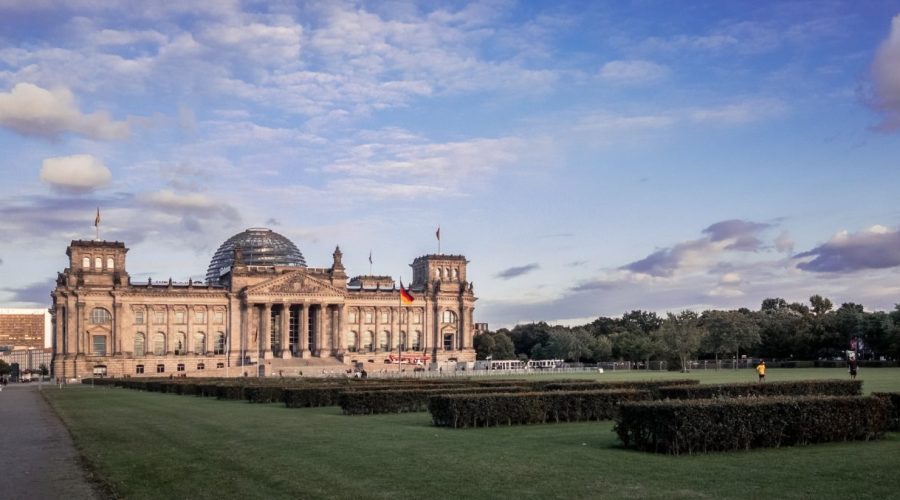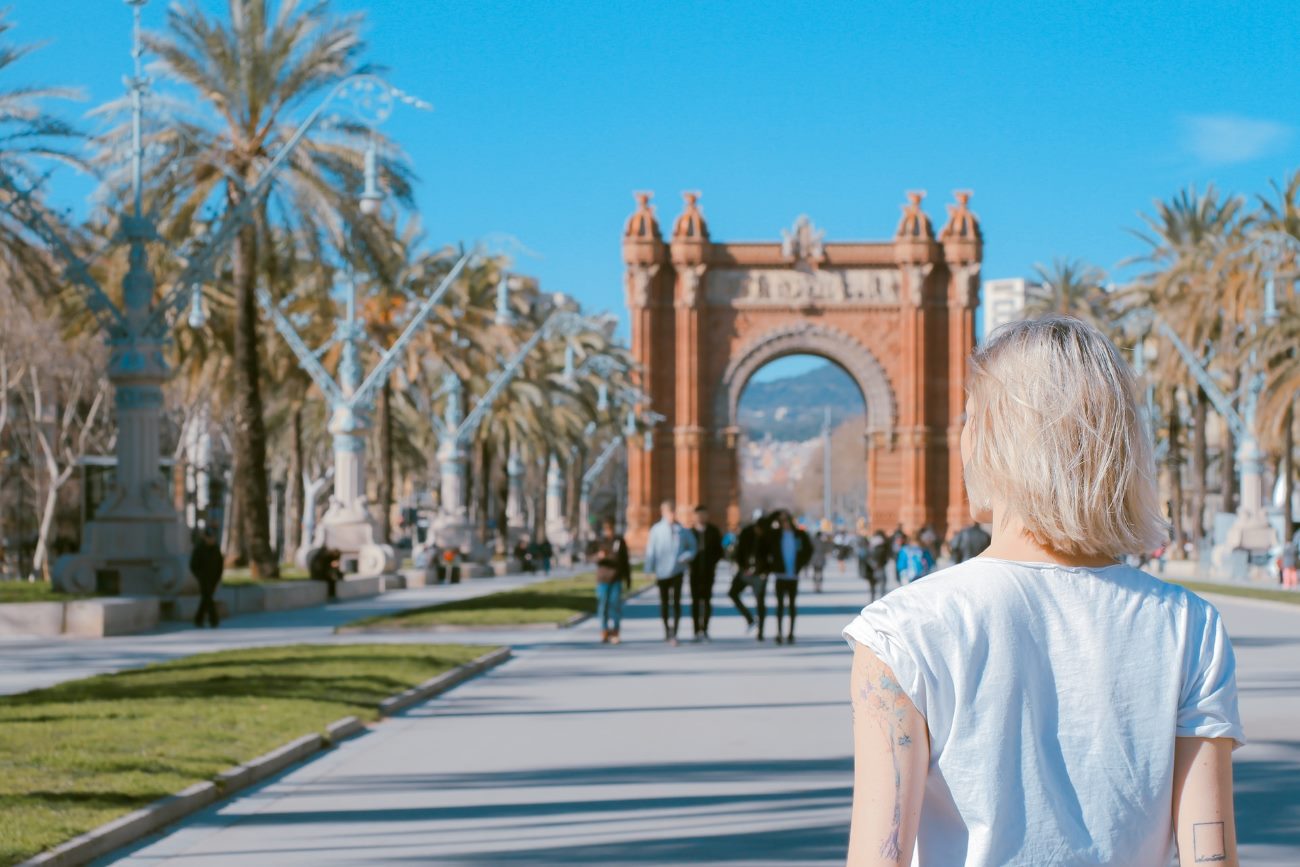What Can You Discover on a Sachsenhausen Tour in Berlin?
Have ever thought what was Germany dark history during WWII. Would you like to know about the ret of concentration camp and get a more complete understanding for the unfortunate era? If this is the case, then you have to include a Sachsenhausen Tour Berlin at the very top of your travel plan. Now let’s explore what this Memorial Site really means, and what you have to apart from when visiting it.
Introduction to Sachsenhausen Concentration Camp
Located just outside Berlin, Sachsenhausen was a Nazi concentration camp existing between 1936 and 1945. Originally constructed to detain political dissidents, it was later used for a broader range of people identified as undesirable by the Nazi government, including Jews, intellectuals, Jews and other groups, including homosexuals.
Today Sachsenhausen is a memorial and museum where the victims are remembered and visitors are educated about the atrocities committed during the Holocaust.
Preservation of History: Why Take a Sachsenhausen Tour
Sachsenhäuserne ertonen eine tiefgehängte und hirngschauende Erfahrung, mit der sie die Besucher in den Labyrinthischen Garten des Vergnügung fahren über die schaurigen Großgeräume der Vergangenheit. It is an example to be remembered for all future generations of what concerns therapy, human rights and also how to avoid such atrocities.
What to Expect on a Sachsenhausen Tour
Guided Tour and Historical Insights
One of the best ways to see Sachsenhausen is with a guided tour. Engaging guides offer the historical background, fascinating stories and crucial information about the operation of the camp.
Throughout the tour, you’ll see the preserved buildings such as commandant’s house, prisoner barracks, execution grounds and notorious Appellplatz (roll call square). The painstaking intrusion, transport you backtime, let you see the sufferance of the prisoners done, than that unbelievably cruel.
Documentation Center and Exhibitions
In Sachsenhausen’s heart is located the Documentation Center with a multitude of exhibits that elaborate on the history of the camp, about the existence and life of the prisoners and the SS personnel responsible for their suffering. The museum is filled with pictures, letters, personal possessions and other historic items to offer the public a glance into history.
Allow yourself to wander around the numerous exhibitions as they provide a complete insight to the functioning of the camp and the unbearable suffering of those who were imprisoned inside the camp.
Memorial Sites and Statue of Liberation
Aiosentshillez you wille encounter several memorial sites dedicating to the victims of the camp. The most famous among them is the Statue of Liberation, that has a group of prisoners breaking free of their distress and hold hands for unity and best wishes.
These memorial sites provide a space for contemplation where visitors can pay their respects to those who suffered during the Holocaust and think about the significance of resistance against tyranny today.
Tips for Your Sachsenhausen Tour
Please be advised to wear comfortable shoes as this tour includes quite a lot of walking.
Bring water and snacks as the visit can be mentally exhausting.
show the memorial site the regard by behavior as respectful during the visit.
Make sure to book an entrée to access plan a directed visit in unforeseen to satisfy.
Spare enough time to visit the Documentation Center and exhibitions in detail.
Listen carefully to the guide’s comments, and don’t hesitate to ask any questions so you may gain even greater understanding.
Conclusion
A trip to Sachsenhausen Concentration Camp Memorial provides a deeply educational experience in which we can think about the events of the past. Visiting the preserved grounds, going through the Documentation Center and honoring the victims at the memorial sites is a profound and moving experience of history.
Through this adventure we ensure the remembrance of the victims, the lessons we have to learn from the intolerance, and the development of a world more open for our next generations.
Table of Contents



